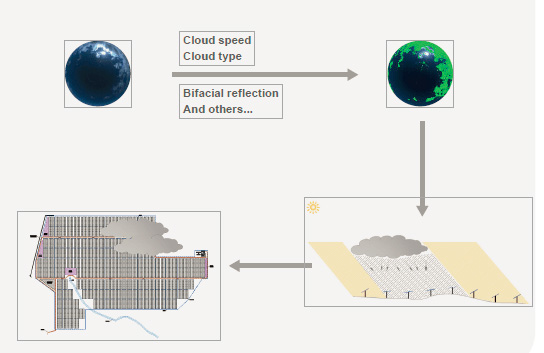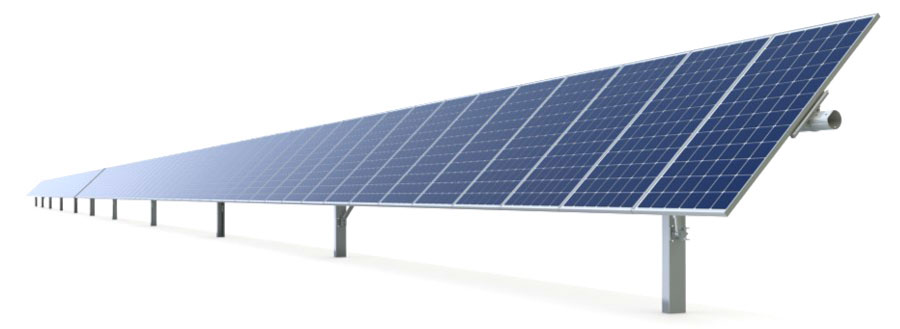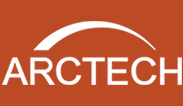Shaping the Cleantech Space in 2022: Optimizing Energy Yield Via Smart Solar Tracking
At the beginning of 2022, IHS research published a report forecasting the key elements shaping the cleantech space in 2022. it witnessed that in this increasingly digitalized and data-driven world, it will be a key requirement to engineer the solar trackers with smart control systems considering the solar tracker market is increasingly expanding.

Solar trackers will increasingly apply software and weather data to reduce the impact of extreme climate patterns. Leading tracker manufacturers like Arctech are increasingly turning to artificial intelligence-driven software systems to control and optimize their products globally.
These intelligent control systems actively learn and adjust the optimal tracking angle for each tracker throughout each day by utilizing a combination of sensors and weather forecasting tools. In doing so, this tracking angle maximizes the PV system power output by capturing the highest amount of available sunlight, reducing module-to-module shading, and protecting the system during periods of heavy wind and hail storms. All these factors combined can increase energy production by up to 6% while reducing the risk of lifetime damage.
As one of the first batch companies who utilize software and weather data to reduce the impact of extreme climate patterns, Arctech’s solar tracking solution integrates four strategies: the tracking control strategy on real terrain, the cloud strategy based on real-time weather data, the bifacial strategy for bifacial modules and trackers and the control strategy based on sharing parameters with inverters.
The AI-powered solar tracking solutions are capable of overcoming the problem of energy production losses suffered by solar power plants due to challenging weather conditions, ubiquitous terrain undulation, and inevitable variability in site construction, while ensuring a reliable increase in energy yield throughout the life cycle of PV power plants.
Arctech’s value-added technical solutions also include an optimized AI tracking algorithm, cleaning robots, and a supervisory Control and Data Acquisition (SCADA) system.
The SCADA (Supervisory Control and Data Acquisition) system allows real-time data acquisition and supervisory control applied to solar PV plants. It incorporates six functions: tracker monitoring, data acquisition, intelligent alarm, command issuing, device control, and data logging. Building data interaction among users, scaffolds and environments. The SCADA helps users control the running state of the trackers at all times, and assists users in quickly completing the cleaning, maintenance, and fault repair of the trackers.
Now, the SCADA system has been universally embraced in major markets and earned testimonials from key clients globally. In 2021, the Arctech team in India has harvested the 860MW AEML solar power plant, which is the largest bifacial tracker power generation project in India. The signature SkyLine tracker, with its 1P configuration and AI controller, will be applied to the project, and Arctech will also deliver the smart tracker solution, including SkyLine-Bifacial and SCADA for the AMR project in Tamilnadu.
In the white paper entitled “The Next Generation of Artificial Intelligence Solar Tracking Solutions”, the major upgrades for its tracking solution have been revealed on how the innovation has improved the power generation of solar power plants by up to 7%, thereby boosting returns for power plant owners and investors.



.jpg)

